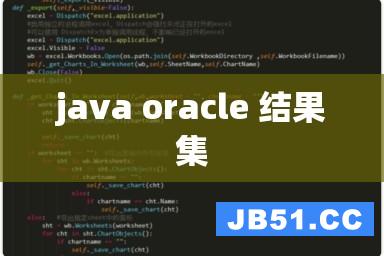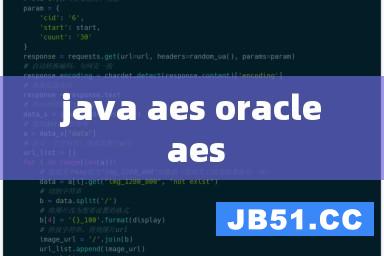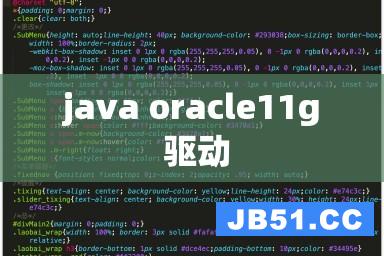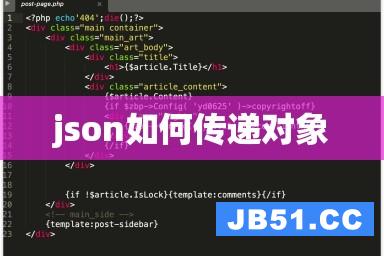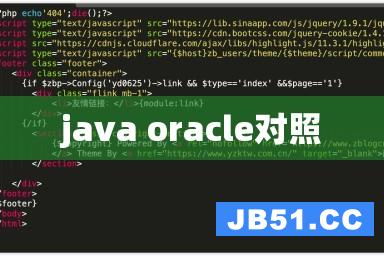我有一个查询,不是所有的条件都是必要的.以下是使用所有条件时的示例:
select num from (select distinct q.num from cqqv q where q.bcode = '1234567' --this is variable and q.lb = 'AXCT' --this is variable and q.type = 'privt' --this is variable and q.edate > sysdate - 30 --this is variable order by dbms_random.value()) subq where rownum <= 10; --this is variable
标记为–this的部分是可变的部分,很好,变化!如果未指定条件,则不存在默认值.例如,如果输入为q.type指定了“*”(但是其他所有内容都相同),则该查询应该匹配所有类型的类型,并执行为:
select num from (select distinct q.num from cqqv q where q.bcode = '1234567' --this is variable and q.lb = 'AXCT' --this is variable --and q.type = 'privt' --this condition ignored because of "type=*" in input and q.edate > sysdate - 30 --this is variable order by dbms_random.value()) subq where rownum <= 10; --this is variable
虽然你可以这样做
select num from (select distinct q.num from cqqv q where 1=1 and (:bcode is null or q.bcode = :bcode) and (:lb is null or q.lb = :lb) and (:type is null or q.type = :type) and (:edate is null or q.edate > :edate - 30) order by dbms_random.value()) subq where rownum <= :numrows
…使用动态sql的性能通常会更好,因为它会生成更有针对性的查询计划.在上面的查询中,Oracle无法判断是使用bcode还是lb或者type或edate的索引,并且每次都可能执行全表扫描.
当然,您必须在动态查询中使用绑定变量,而不是将字面值连接到字符串中,否则性能(和可伸缩性和安全性)将会非常糟糕.
要清楚,我想到的动态版本会像这样工作:
declare
rc sys_refcursor;
q long;
begin
q := 'select num
from (select distinct q.num
from cqqv q
where 1=1';
if p_bcode is not null then
q := q || 'and q.bcode = :bcode';
else
q := q || 'and (1=1 or :bcode is null)';
end if;
if p_lb is not null then
q := q || 'and q.lb = :lb';
else
q := q || 'and (1=1 or :lb is null)';
end if;
if p_type is not null then
q := q || 'and q.type = :type';
else
q := q || 'and (1=1 or :type is null)';
end if;
if p_edate is not null then
q := q || 'and q.edate = :edate';
else
q := q || 'and (1=1 or :edate is null)';
end if;
q := q || ' order by dbms_random.value()) subq
where rownum <= :numrows';
open rc for q using p_bcode,p_lb,p_type,p_edate,p_numrows;
return rc;
end;
这意味着结果查询将是“sargable”(一个新的词我必须承认!),因为生成的查询运行将是(例如):
select num from (select distinct q.num from cqqv q where 1=1 and q.bcode = :bcode and q.lb = :lb and (1=1 or :type is null) and (1=1 or :edate is null) order by dbms_random.value()) subq where rownum <= :numrows
但是,我接受这个例子中最多可能需要16个硬解析.使用本机动态sql时,“和:bv为空”子句是必需的,但可以通过使用DBMS_sql来避免.
注意:由Michal Pravda在注释中建议使用(1 = 1或:bindvar为null),因为它允许优化器消除该子句.

